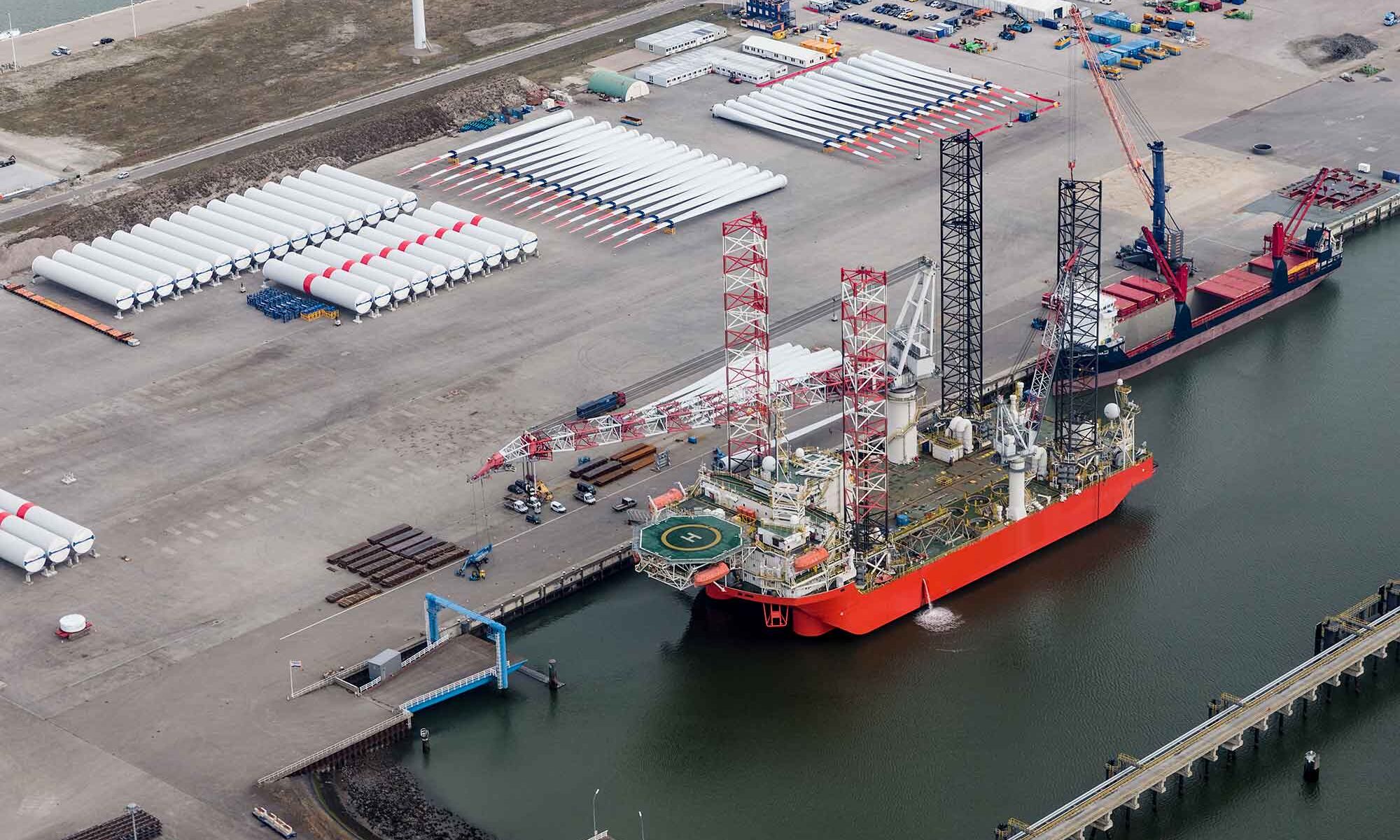The 2030 target will create a peak of activity in ports around the North Sea between 2029 and 2031, the researchers argue. To make this possible, much more quayside space is needed for wind turbine components and installation vessels. Between 850 and 1,300 hectares are likely to be needed, while available capacity remains at a maximum of 800 hectares.
Royal HaskoningDHV identifies 5 main bottlenecks are in the development of port infrastructure for offshore wind energy. First, there is uncertainty as to whether NSEC countries will turn their ambitions into real projects and, if so, when? This makes it difficult to secure investment and financing.
Moreover, the business case is unattractive; large long-term investments do not yield enough returns. The urgency for the ports is also not very high. The technical risks are: exactly what facilities are needed is uncertain. Furthermore, there is competition with other parties who also seek to obtain space in the port.
The report makes a number of recommendations. For instance, governments should ensure more certainty on the demand side, with a clear planning of projects. Governments, ports and parties in the offshore wind supply chain should work together on infrastructure development and ensure appropriate funding, partly from European grants and public money.
RVO is organising an information session on the port study on 28 November during the Offshore Energy Exhibition & Conference (OEEC) at RAI Amsterdam.
For more information, visit the RVO website.
Image: Wind turbine parts and installation vessel at Eemshaven Northern Netherlands, T.W. van Urk/Shutterstock



